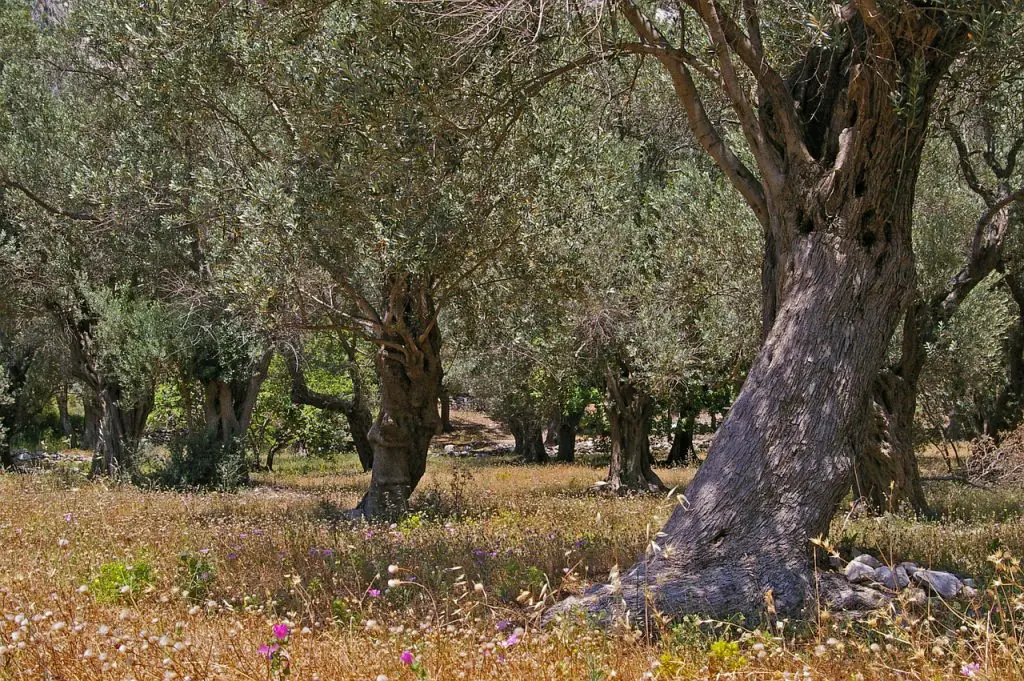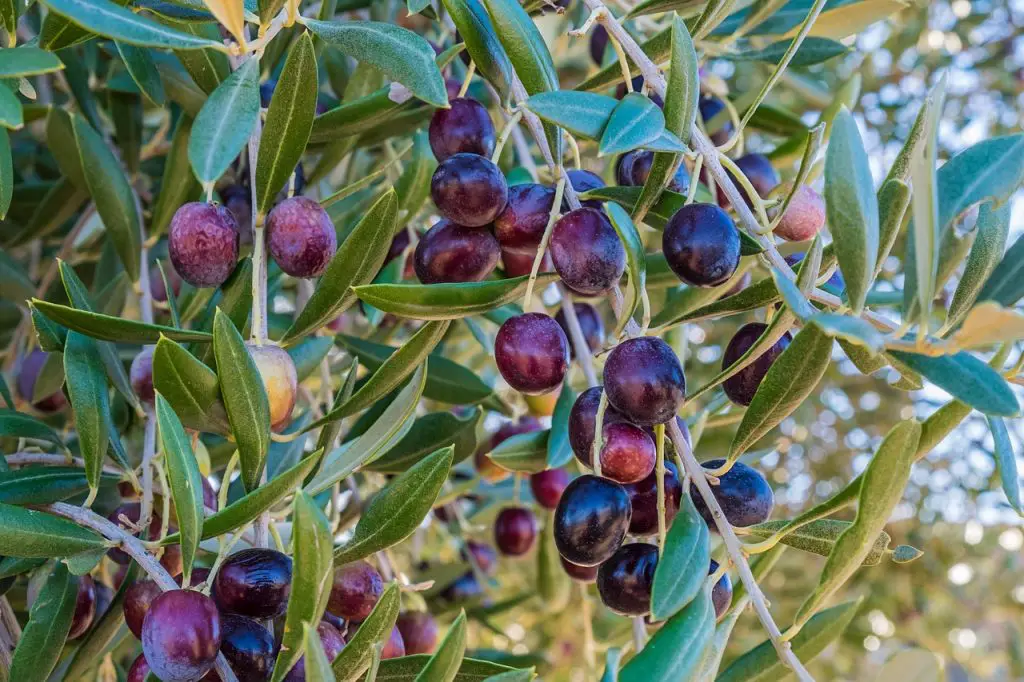With millions of trees killed and decimated yields in Italy’s olive country – consumers can taste the difference

Climate change, bug infestations and disease, notably the horrific Xylella fastidiosa bacterium that is killing millions of olive trees in southern Italy, has made life somewhere between difficult and miserable – depending on the region – for Italy’s crucial olive-oil industry in recent years. The European Commission calls Xylella “one of the most dangerous plant bacteria worldwide.
The bacterium is terrorizing olive-orchard owners in Puglia, in the heel of the Italian boot. Puglia and Calabria – the toe – account for more than two-thirds of Italian olive-oil production.
Infected trees and those around them have to be destroyed, sometimes in the presence of weeping farmers. Many of the olive trees in Puglia are hundreds of years old, and at least one is 3,000 – it was ancient before Jesus was born.
Industry estimates put Italian olive-oil production in the disastrous 2016-17 harvest at only 200,000 tonnes, down by more than half from the previous year, owing to a particularly nasty combination of extreme weather events, a fruit-fly attack and Xylella.
Consumers in Italy and other countries who cherish healthy and flavoursome extra-virgin olive oil, are paying a premium with the rising costs.
Read more at: Italy’s olive-oil industry sees simmering threats from climate change and nasty bacteria
